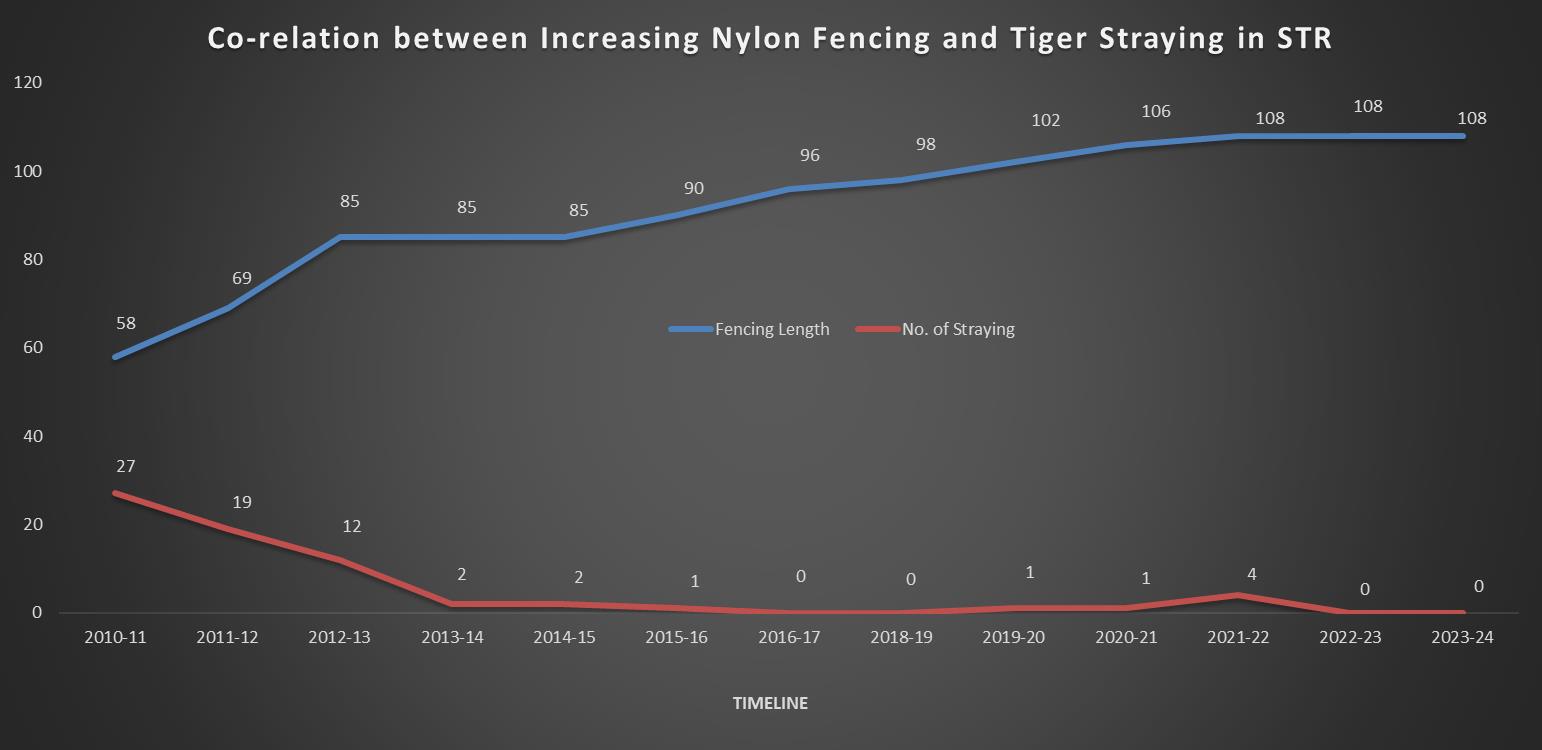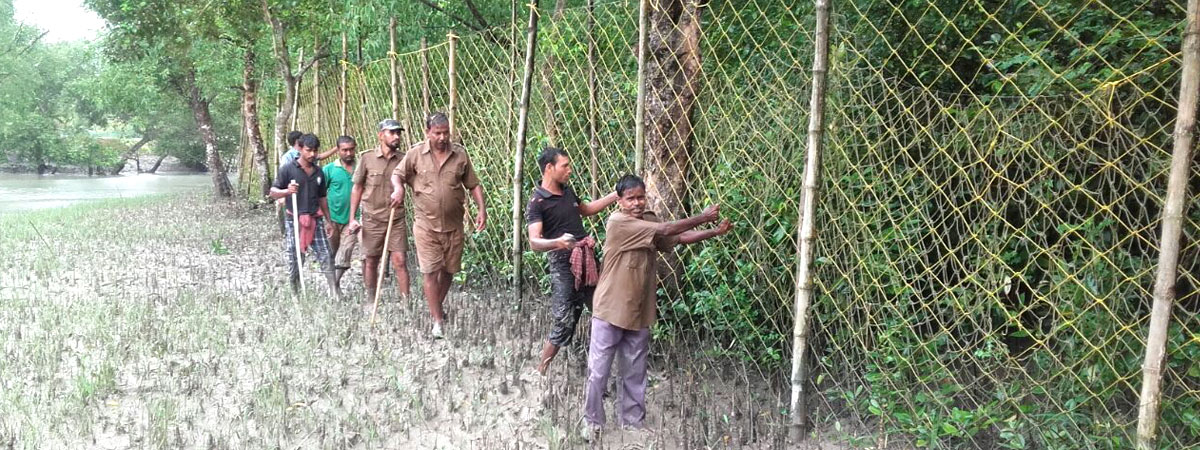

Protection is the prime focus as far a proper forest management is concerned. That is why different (land based and floating) have been set up at different strategic locations of Sundarban Tiger Reserve.
| Range | Name of Beatand Camps |
|---|---|
| National Park (East) Range | Chamta,Baghmara, Chandkhali (New) |
| National Park (West) Range | Haldibari, Netidhopani, Kendo |
| Sajnekhali Wildlife Sanctuary Range | Dobanki, Sajnekhali and Duttar, Sudhnyakhali, Sadakkhali,Pirkhali,Tentultala, |
| Basirhat Range | Bagna, Burirdabri, Jhingekhali, Khatuajhuri, Harikhali,Samsernagara,Chilmari,Kakamari and Kaksa |
a. Use of specially designed app for patrolling: To overcome the limitations of old practices of using pen, pencil and papers along with prolonged and time bound use of RT system E-patrol/Smart patrolling was introduced in Sundarban Tiger Reserve in 2015.
In this new system every camp has been given a cell phone having an android operating system with a compatible mobile application called 'Hejje' (Programmed in Java) installed in it for monitoring and patrolling purpose. With the help of this application the frontline staffs are recording their every possible activity like patrolling, monitoring the condition of fences, night patrolling, offence detections, and wildlife sightings.
b. Use of Unmanned Aerial Vehicle (UAV): UAV or Drones has been introduced as a part of the Smart Patrolling initiative in Sundarban Tiger Reserve. These have proven a remarkably useful tool in patrolling those areas in the Tiger Reserve which are otherwise inaccessible. This tool has also proven useful in case of locating a strayed animal in a locality especially tiger. UAV are also being used to monitor an animal post release into the wild up to considerable distance inside the forest at close vicinity.

Nylon-net fence has been found to play an important role in preventing the straying out of tigers into village's areas from forest. A protocol for maintenance of the nylon-net fencing has been designed with an aim of carrying out thorough checking and proper maintenance. The Protocol includes involvement of local Stakeholders in FPC/EDC members also along with forest staff.

| Range | Total length of nylon net fencing | Location |
|---|---|---|
| N.P.(W) | 21 km. (inclusive khal guards) |
|
| S.W.L.S. | 35 km. approx. (inclusive of khal guards) |
|
| BHT | 40km. approx. ( inclusive of khal guards) |
|
| S no. | Rank | Frequency | Remarks |
|---|---|---|---|
| 1 | Concerned Forest Guard | Daily | He will take at least one concerned JFMC Member and both will jointly sign in Fencing checking Register. |
| 2 | Concerned Beat Officer | Weekly once | He will take the Joint Convenor of concerned JFMC Member and both will jointly sign in Fencing checking Register. |
| 3 | Concerned Range Officer | Once in 15 days | He will take the Concerned Forest Guard or Beat Officer along with and will report to DFD, STR in detail as well as will mention in fencing checking Register. |
| 4 | Asstt.Field Director/STR | Once in a month | They will check the fencing in the field to verify that the same has been maintained properly. |
| 5 | Dy. Field Director/STR | Once in six weeks | He will check the fencing in the field to verify that the same has been maintained properly. |
